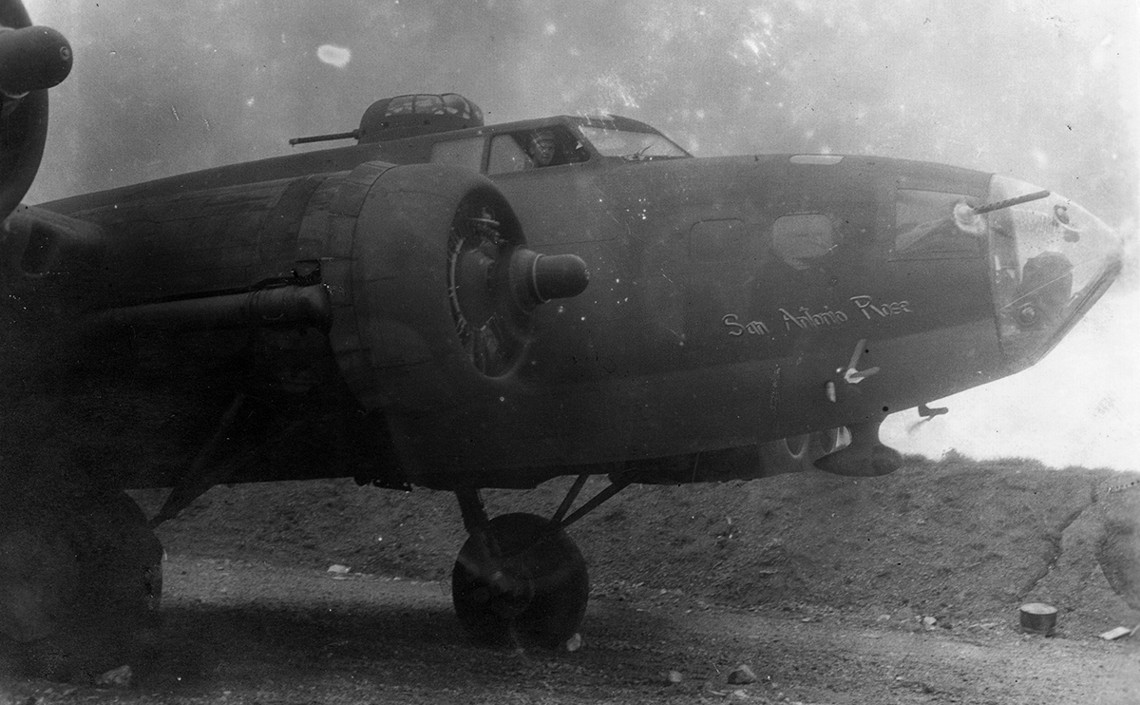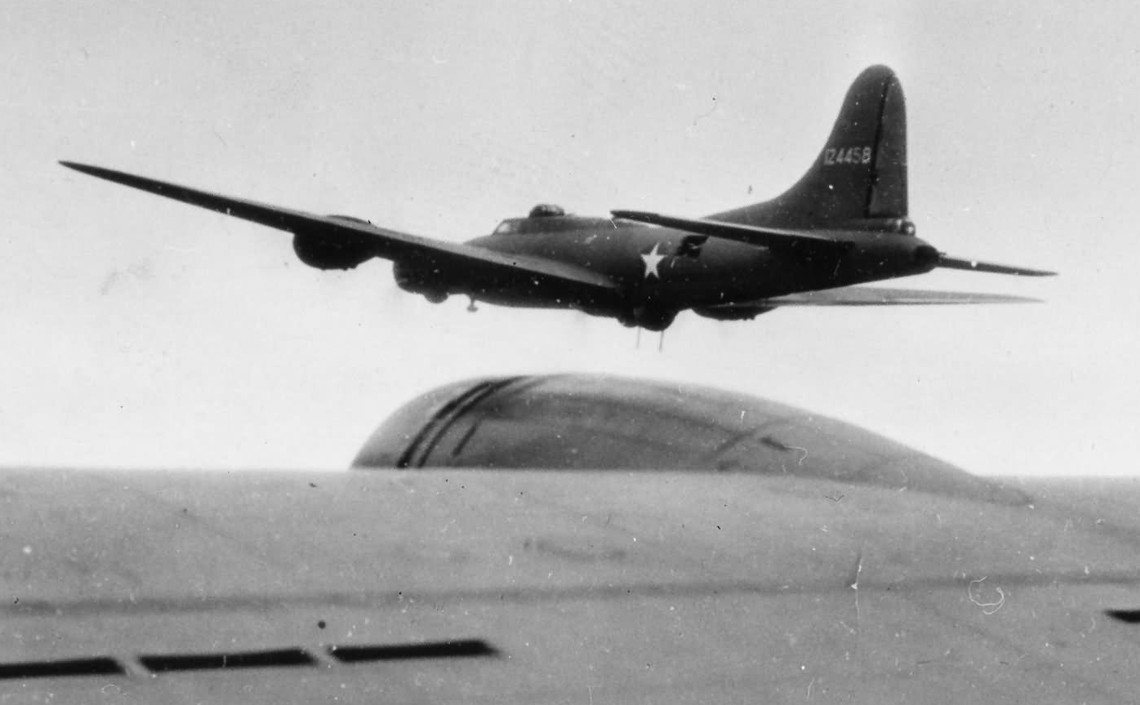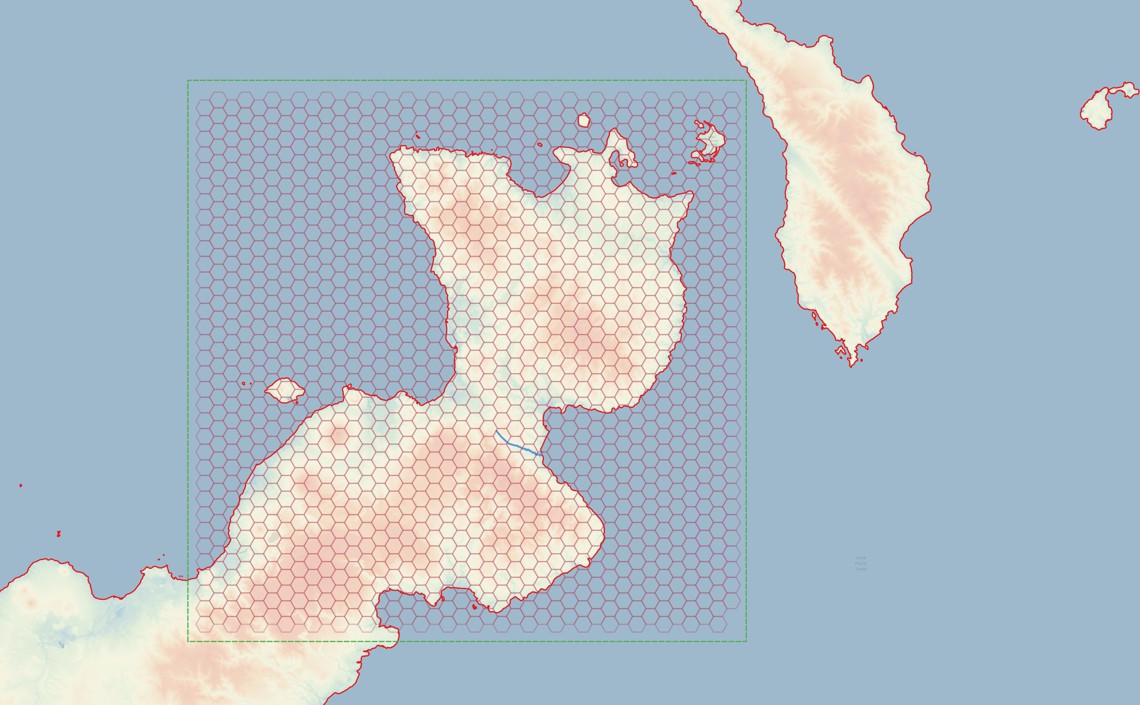
The Boeing B-17F-10-BO Flying Fortress "San Antonio Rose" (sn 41-24458, cn 3143). Credit: USAAF, 5th AF, 43rd BG via Gary Young collection, circa late 1942 or early January 1943.
« San Antonio Rose » - New Britain, Papua New Guinea, 1943
BackgroundOn the morning of January 5, 1943, at 08h48 (8.48 a.m.), the Boeing B-17F-10-BO Flying Fortress serial 41-24458 "San Antonio Rose" take-off from 7 Mile Drome near Port Moresby in the Australian-administered Territory of Papua.
At the controls was Major Allen Lindberg, leading what was designated “Mission 4L”—a bombing run aimed at Japanese targets around Rabaul.
Among the crew that day were two high-ranking observers: Brigadier General Kenneth N. Walker, commanding officer of the 5th Bomber Command, and Major Jack W. Bleasdale.
San Antonio Rose
The mission was a coordinated assault. Lindberg’s B-17 was part of a larger formation that included six B-17s from the 64th Bombardment Squadron, joined by six B-24 Liberators from the 90th Bombardment Group. Their targets: Japanese shipping in Blanche Bay, Simpson Harbor, and Lakunai Airfield near Rabaul—strategic points held firmly by the Japanese.
Around noon, the formation reached the target zone at an altitude of 2.600 m (8,500 feet). They opened their bomb bays over Blanche Bay, striking at Japanese vessels anchored between Lesson Point and Kokopo, then continued toward Simpson Harbor. As the aircraft passed east of Vunakanau Airfield, Lindberg’s B-17 was seen descending to about 1.500 m (5,000 feet), its left outboard engine—engine number one—briefly smoking. Then the fighters came.
Four to five Japanese Ki-43-I Oscars from the 11th Hiko Sentai locked onto the B-17. Witnesses later reported the bomber was being closely pursued as it veered into cloud cover. That was the last anyone saw of it.
The aircraft never returned. It was later officially listed as Missing in Action, along with the entire crew.
Another B-17—serial 41-24538—was also lost that day, though its crew was eventually rescued.
According to Missing Air Crew Report 15359, Lindberg’s B-17 was last seen turning left, possibly making a final run on shipping in Keravia Bay. The left outboard engine had gone out, and the aircraft, still tailed by Japanese fighters, vanished into the clouds just south of Vunakanau. It never rejoined the flight.
A later memorandum, dated April 29, 1949, confirmed these last known details: the aircraft was B-17 41-24458, observed heading south at about 1.500 m (5,000 feet), engine smoking, chased by Japanese fighters—and never seen again.
The mission
The search for "San Antonio Rose" is particularly challenging due to the lack of information about the aircraft's final trajectory and target area. The rugged terrain and dense vegetation further complicate both ground and aerial searches.
In this specific case, our research leverages Machine Learning to analyze radar (SAR) and infrared (IR) data across a vast territory. A newly developed FOPEN (Foliage Penetration) algorithm enhances these capabilities.
Our mission is to locate "San Antonio Rose" by employing cutting-edge, non-optical FOPEN tools and methods currently under development.


